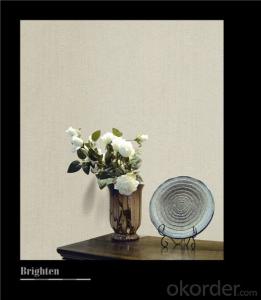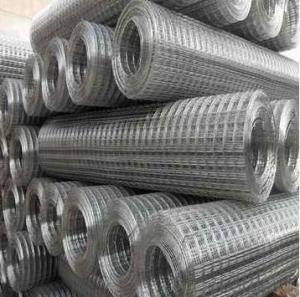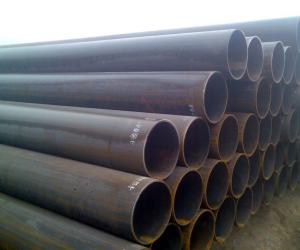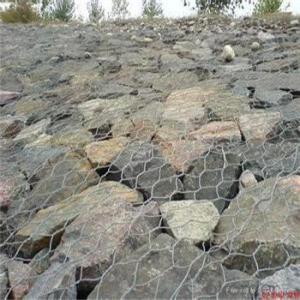1/4 Inch Thick Aluminum Plate
1/4 Inch Thick Aluminum Plate Related Searches
Led Light Bulbs For Ceiling Fixtures Led Lamps For Ceiling 42 In Ceiling Fan With Light Aluminum Coil Stock For Gutters Aluminum Foil For The Grill Hole Saw For Aluminum Plate Aluminum Tread Plate For Trailer Bow Plate For Aluminum Boat Aluminum Foil For Grow Room Aluminum Foil For Joint PainHot Searches
Stock Price For Aluminum Aluminum Coil Stock For Sale Aluminum Gutter Coil For Sale Used Aluminum Scaffolding For Sale 1/4 Aluminum Plate For Sale Aluminum Bar Stock For Sale Aluminum Round Stock For Sale Aluminum Diamond Plate For Sale Aluminum Scaffolding For Sale Craigslist 6061 Aluminum Plate For Sale Aluminum Dock Plate For Sale 7075 Aluminum Plate For Sale Aluminum Tread Plate For Sale Aluminum Checker Plate For Sale Aluminum Plate For Sale Near Me Plate Aluminum For Sale Aluminum Plate For Sale Aluminum Square Stock For Sale Aluminum Flat Stock For Sale Billet Aluminum Stock For Sale1/4 Inch Thick Aluminum Plate Supplier & Manufacturer from China
Okorder.com is a professional 1/4 Inch Thick Aluminum Plate supplier & manufacturer, offers integrated one-stop services including real-time quoting and online cargo tracking. We are funded by CNBM Group, a Fortune 500 enterprise and the largest 1/4 Inch Thick Aluminum Plate firm in China.Hot Products
FAQ
- Yes, aluminum sheets can be suitable for electrical bus bars in certain applications. Aluminum has several properties that make it a viable option for bus bars. Firstly, aluminum is a lightweight material, which can be advantageous in applications where weight reduction is important. Additionally, aluminum has good electrical conductivity, although it is not as conductive as copper. However, aluminum bus bars can still handle high electrical currents and are commonly used in power distribution systems. One downside of aluminum bus bars is that they have a higher resistance compared to copper bus bars. This means that they can generate more heat, especially under high current loads. To mitigate this issue, aluminum bus bars are often designed with larger cross-sectional areas to reduce resistance and dissipate heat more effectively. Another challenge with aluminum bus bars is their susceptibility to oxidation and corrosion. This can be addressed by applying protective coatings or using alloys with better corrosion resistance. It is also important to ensure proper insulation and avoid contact with dissimilar metals to prevent galvanic corrosion. In summary, aluminum sheets can be suitable for electrical bus bars, especially in applications where weight reduction is important. However, careful consideration must be given to factors such as electrical conductivity, heat dissipation, and corrosion resistance to ensure optimal performance and longevity of the bus bars.
- In the automotive industry, there are various surface finishes available for aluminum sheets. These finishes are applied to enhance the appearance, durability, and corrosion resistance of the aluminum sheets. Some of the commonly used surface finishes for aluminum sheets in the automotive industry include: 1. Mill Finish: This is the most basic finish available for aluminum sheets. It is the result of the aluminum being extruded and then passed through a rolling mill. Mill finish aluminum sheets have a smooth, shiny surface but may have slight imperfections or scratches. 2. Brushed Finish: Also known as satin finish, brushed aluminum sheets have a textured appearance achieved by brushing the surface with abrasive materials. This finish gives the aluminum a unique grain pattern and a slightly matte appearance. 3. Anodized Finish: Anodizing is an electrochemical process that creates a protective oxide layer on the surface of the aluminum sheet. Anodized aluminum sheets are highly resistant to corrosion and wear. They can be dyed in various colors and offer a more decorative and vibrant finish. 4. Polished Finish: Polished aluminum sheets have a reflective, mirror-like surface that is achieved through mechanical polishing or chemical processes. This finish is often used for decorative purposes and provides a high-end, glossy appearance. 5. Textured Finish: Textured aluminum sheets have a pattern or texture embossed onto the surface. This finish is commonly used for aesthetic purposes, as it adds visual interest and can help hide scratches or imperfections. 6. Painted Finish: Aluminum sheets can be painted to provide additional protection and improve aesthetics. Painted finishes can be customized to match the desired color or design scheme of the automotive industry. This finish offers excellent corrosion resistance and durability. The choice of surface finish for aluminum sheets in the automotive industry depends on the specific application, desired appearance, and functional requirements. Each finish has its own advantages and can contribute to the overall performance and visual appeal of the automotive parts or components.
- Yes, aluminum sheet can be used in marine environments. Aluminum is a popular material choice for marine applications due to its excellent corrosion resistance. It forms a protective oxide layer on its surface, which helps to prevent further corrosion even in saltwater environments. Additionally, aluminum is lightweight, which makes it an ideal choice for marine applications where weight reduction is crucial. Aluminum sheet is commonly used in boat hulls, decks, and other marine structures due to its durability, strength, and resistance to corrosion.
- how to avoid oxidation of aluminum sheet after wire drawing?
- leave it alone after wire drawing!aluminum sheet will formulate a layer of dense oxide film. So you don't need to worry about it! Don't often polish the aluminum wire, or they will be more and more slimsy, the oxide film is used for avoiding reoxidation.
- Aluminum sheets have excellent thermal conductivity properties. The thermal conductivity of aluminum is approximately 237 Watts per meter-Kelvin (W/mK), which is significantly higher compared to other commonly used metals such as steel or copper. This means that aluminum sheets are highly efficient in transferring heat across their surface. Aluminum's high thermal conductivity allows it to quickly conduct and distribute heat, making it an ideal choice for various applications that require efficient heat transfer, such as heat exchangers, cooling systems, and heat sinks. Additionally, aluminum's lightweight nature and corrosion resistance further contribute to its popularity in thermal management applications. Overall, aluminum sheets offer excellent thermal conductivity properties, making them a preferred material in industries where efficient heat transfer is crucial.
- Aluminum sheets find their utility in automotive applications. This lightweight and sturdy material brings a multitude of advantages to the manufacturing of automobiles. It is widely employed in the creation of car bodies, hoods, doors, roofs, and various other components. By incorporating aluminum sheets into automotive applications, the overall weight of the vehicle can be reduced, thereby enhancing both fuel efficiency and performance. Moreover, aluminum boasts exceptional resistance to corrosion, making it well-suited for enduring harsh weather conditions and exposure to road salt. Additionally, aluminum can be easily molded and shaped, facilitating intricate designs and detailing on automotive parts. In summary, the utilization of aluminum sheets in automotive applications contributes to the creation of vehicles that are lighter, more fuel-efficient, and visually appealing.
- hi my house is wired with aluminum wire and we have this light that has been changed 6 times because originally there was a cheap builders light up there that got replaced with a ceiling fan but the ceiling fan was replaced a couple of times since the remote never worked properly on any of the cieling fans so finally we replaced the cieling fan with just a normal light but now the socket got cracked on the new light by accident. The problem is im wondering if it is safe to put another light up because i have heard aluminum wire breaks easy and the wires have been moved around alot. But if i dont replace the light i wont have a light. We also use the correct wire nuts and anti oxidant on the connections. Also when the 4 cieling fans that had been put up were wired correctly since i have put up many cieling fans up without remotes before. Also Is there a certain number of times aluminum or copper wire can be bent with out having to worry about a fire happening or the wire breaking.
- Aluminum wire isn't used much anymore, partly due to it's tendancy to work harden and get brittle. Most electricians I work with prefer not to use it. I would opt for your thought of installing a junction box and changing to copper wire for the rest of the run. Code would allow this, and it would be good insurance against future trouble with the aluminum wire at the termination of that circuit. Don't forget the anti -ox.













































